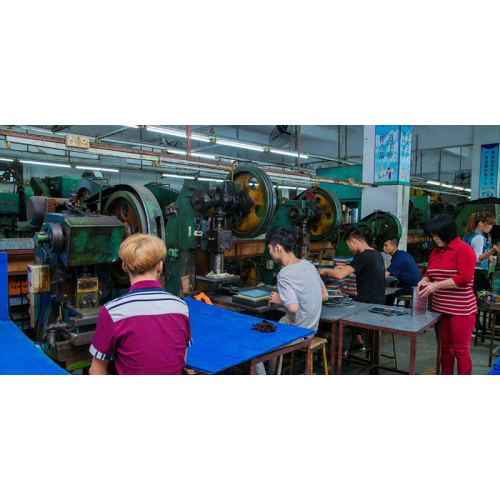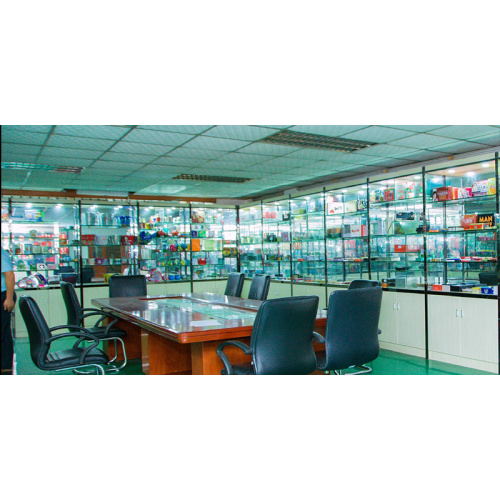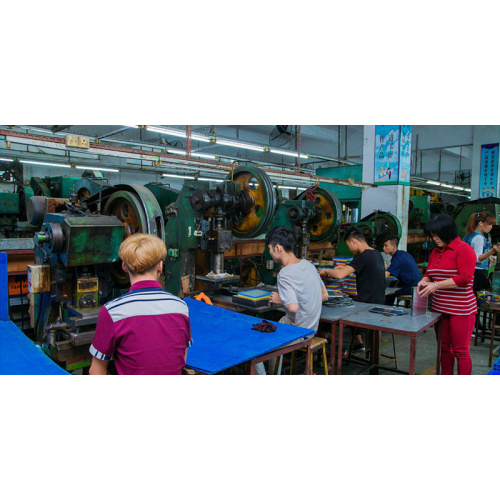[Chinese Packaging Network News] DuPont, Wilmington, Germany, a breakthrough biochemical process used to make Bio-PDO compounds

▲Sorona's process from extracting glucose from crops
According to Dr. Michael Saltzberg, Head of Global Biomaterials, DuPont Industrial Biosciences, innovations in biomaterials can make plastic packaging lighter, and plastic packaging can be extended to applications that currently require metal or glass packaging due to certain limitations. .
In this new material, DuPont has a strong research interest in converters and polymer brands and is currently signing confidential joint development agreements with major potential customers.
Bio-PDO is a molecule called 1,3-propanediol made using DuPont's proprietary fermentation process. It is a liquid made from industrial corn sugar using a fermentation process. Sorona is a polymer made from Bio-PDO and terephthalic acid, which is derived from petroleum. Sorona is usually supplied to customers as polymer particles, which can be extruded into fibers, films and molded parts.
DuPont and ADM Collaborate to Develop FDME Monomer
For packaging applications, DuPont is working with Archer Daniels Midland to develop a new monomeric furan carboxylic acid methyl ester (FDME). When combined with Bio-PDO or other monomers to form polymers, FDME has barrier properties to carbon dioxide and oxygen, and is particularly suitable for beverage and food packaging.
The furan-based polymers made by FDME will be used in rigid packaging where high barrier gas is required, including carbonated soft drinks, beer, carbonated water, and fresh fruit juices. At the same time, DuPont also expects FDMEs to be used in film packaging where barriers are critical, such as meat and cheese packaging.
FDME and the development of polymers made from it are the next steps DuPont will implement in the field of biomaterial packaging. For the development of FDME, the company plans to build a demonstration factory that can be listed in the fourth quarter of this year. The commercial plant is expected to be completed and put into operation in 2021.









